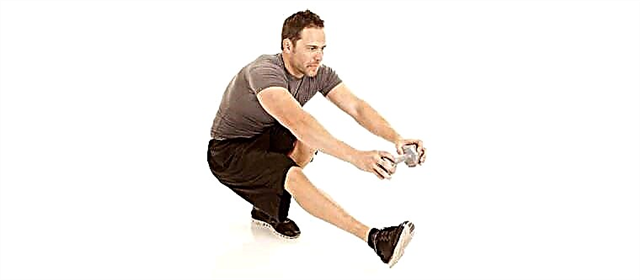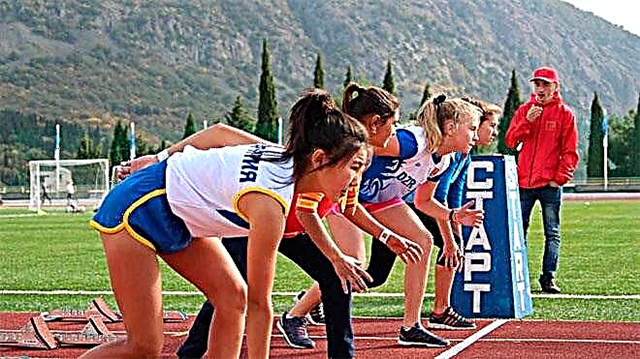Competently distributing strength in long-distance running is half the battle. Therefore, you need to know what kind of running pace to choose in order to give the right load to the body.

How to know when the correct running pace is selected
Your pace will vary depending on the distance and your fitness. But there are a number of criteria by which you can determine whether you have chosen the correct running speed for a given distance.
1. Pulse. The best indicator of a properly chosen running pace is your heart rate. For an easy run, it is not advisable that it exceed 140 beats per minute. If you are running a tempo cross, your heart rate can go over 180. But be careful. You should run on such a pulse only when you are confident in the strength of your heart. If not, then do not raise your heart rate while running above 140-150 beats.

2. Breathing. Breathing should be uniform and calm. If you begin to feel that there is not enough oxygen, and your breathing begins to go astray, then you are already running to the edge of your capabilities. This pace is fine if you are already either finishing your run and making a final spurt. Either the distance of your run is no more 3 km and you run it at your maximum strength. Otherwise, such breathing is a sign that soon your muscles will clog, fatigue will take its toll, and the pace of running will have to be reduced to a minimum.
3. Tightness. A common sign of runner fatigue is tightness. Many beginner runners, when they get tired, begin to lift and pinch shoulders and clench fists... If you understand that you cannot live without it, then you are already running only at the expense of moral and volitional qualities. Therefore, you need to control yourself and run at such a pace that you do not have to be forced to pinch yourself.

4. Squat. Not literally, of course. It's just that at a certain pace, when the speed is too high, and the run is still far away, many runners begin to squat to the ground, thus trying to save strength. Most often, this running technique leads to waste of energy for footwork. In this case the leg is put ahead, you have to bump into it. In addition, there is a forced increase in the frequency of steps, which also requires additional energy. This is good when you have very strong legs but lack stamina. Otherwise, this running technique will only "clog" your legs faster with lactic acid.

5. Rocking the body and head. If you understand that you are starting to swing from side to side like a pendulum, then most often this is a sure sign of fatigue, and running at this pace for a long time will not be enough for you. However, for many athletes, the running technique is such that they always swing the body. Why they do it is unknown, it is only known that many of these athletes are world champions in many running distances. Therefore, before judging by this criterion whether you have chosen the right pace for running, think about whether this is your technique.
To improve your results in running at medium and long distances, you need to know the basics of running, such as correct breathing, technique, warm-up, the ability to make the correct eyeliner for the day of the competition, do the correct strength work for running and others. Therefore, I recommend that you familiarize yourself with the unique video tutorials on these and other topics from the author of the site scfoton.ru, where you are now. For readers of the site, video tutorials are completely free. To get them, just subscribe to the newsletter, and in a few seconds you will receive the first lesson in a series on the basics of proper breathing while running. Subscribe here: Running video tutorials ... These lessons have already helped thousands of people and will help you too.
Thus, you can understand that you are running at the right pace as follows:
Your breathing is even, but deep and strong. The body is flat, slightly inclined forward. Hands work calmly along the torso. The shoulders are lowered. The palms are in a fist, but not clenched. The pulse is from 140 to 200, depending on the pace of running, age and fitness. The legs work clearly, without squatting or shortening the stride. Elastic repulsion from the surface will be the main criterion for not squatting. The body and head do not swing.

In this mode, you need to find the maximum speed at which you will not lose any of the signs. This will be the ideal pace for running any distance. It's just that the shorter the distance, the more elastic will be the repulsion from the surface, the more rapid breathing and the more rapid the pulse. But the signs of fatigue will not change.









